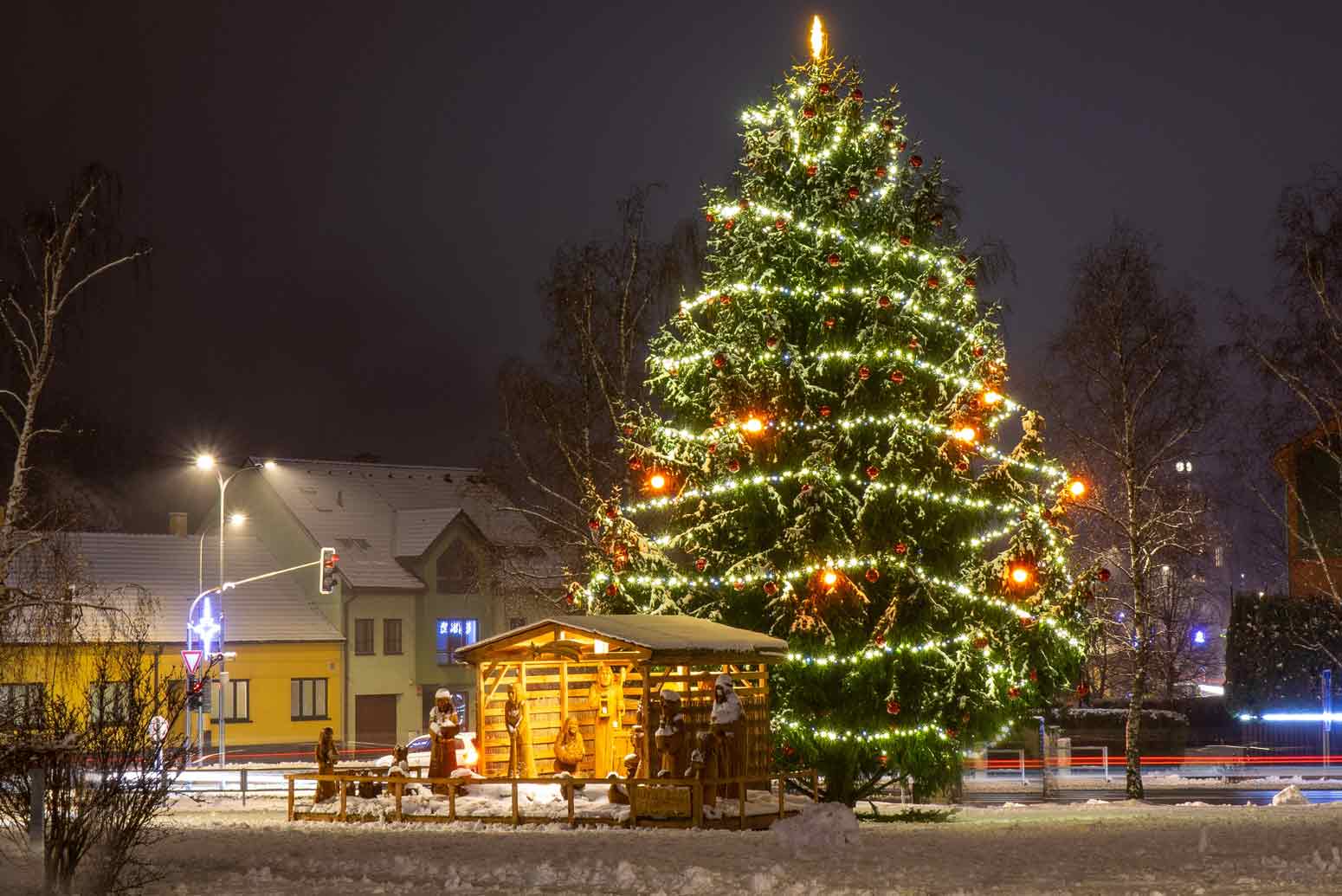I live in a Muslim country and love a lot of people who don’t share my beliefs. I’m a leader in a small Christian community. But lately, I’d been feeling like I was fumbling around in the dark. My soul felt cold, I was conflicted about how to spend my time, and I struggled to see any purpose or value to my work. Rather than filled with joy or faith, for a long time I had primarily felt angry and lonely.
What, exactly, did Jesus expect of me? Especially, what did he expect of me here, in a spiritual and physical desert? I started a study on the commands of Jesus.
I began in Matthew and planned to plow straight through the four gospels. I wrote down every command Jesus made, even when they seemed a bit strange or irrelevant. Did I really need to “pick up my mat” or “go, show myself to the priest?” But I had decided to write down all the commands, so I dutifully kept a Word document of every imperative sentence Jesus uttered.
I came to Matthew 6. Yes, Matthew 6:26, not very far in before the words began to work on my heart. Jesus said, “Look at the birds of the air; they do not sow or reap or store away in barns, and yet your heavenly Father feeds them.” I was only writing down commands, so I typed, “Look at the birds.”
The context implies: look at them in order to relinquish a tendency to worry and be anxious, to appreciate my own value. If God feeds birds, will he not also care for me? But I stopped at those first four words.
Jesus said, “Look at the birds of the air…” I started to consider what that meant for me.
My yard is a massive sandbox, littered with thorns, garbage picked up by the wind or tossed over the wall from the school behind us, and the occasional goat leg dropped by crows as they fly overhead following a scavenged feast. We do our best to keep it clean, but it often seems that the desert, the school children, and the crows are winning.
My yard is also a refuge, when it comes to birds. We have wild green parrots, bright red and yellow weaver birds, and the occasional shimmery bee-eater. They perch in the neem trees. My daughter and I eat breakfast on the veranda and stare in awe at the flash of iridescent green under their wings, the sunrise-orange streaks on their curved beaks, and the uniqueness of their songs. Such intricate designs, rarely enjoyed or even noticed by humans as we rush about our lives.
To look at birds, and to really see them, requires a pause, a slowing down, and a stillness. Tread gently here, sudden movement or loud noise will send them skittering away. To look at birds requires looking up, away from the earth, away from my sinking into sullen despair or narcissism. Look at the birds and see intimate beauty, the vastness of sky, the grandeur of trees, the loveliness of music performed for no one, performed for the world.
I cannot look at the birds and at myself simultaneously. Here are three ways to slow down, to quiet oneself, to choose stillness enough to pay attention to birds.
1. Make it an intention.
An Arabic word I have learned while living in my Muslim community for 16 years is, “niyyah,” meaning, intention. Before Muslims pray or fast or do a good deed, they set an intention. They examine their heart to ensure it is focused on God, rather than on their own selfish gain or on seeking glory or the praise of man in doing good. It’s so easy to be distracted by the noise of daily life: podcasts, Netflix, billboards, children, work deadlines, and running errands that you must slow down intentionally. Noticing birds, their soft tweeting drowned out by modern-era clutter, requires making a choice. Go outside, set a timer, and look at the birds. If you don’t have birds nearby, look at the clouds. Look up, away from yourself, at the grandeur of the world. Let the awe of it spill over into the rest of your day.
2. Notice what your toddler pays attention to.
Birds aren’t the only beautiful creatures or objects. I love the endless curiosity of kids. Even my 13-year-old becomes absorbed by slugs creeping along a rocky path. Their curiosity calls out to them, “Stop, come closer, put your face right down in the slug’s face, notice what is happening here.” Follow the curiosity of the youngest person in your life and match your pace with theirs when they stumble upon a spider web or a budding tomato plant.
3. Ask a friend about birds.
Or about beauty. I love the questions, “What is the most beautiful thing you saw today?” or, “How are you experiencing beauty in your life lately?” Set the pace of talking about tender, lovely things. Find people who will join you in your quest for beauty, who will appreciate the paying attention, and who will point you back to the Creator.
Look at the birds. Aren’t they beautiful?
—
For more wise words from strong women, check out this podcast episode from This Grit and Grace Life: What Makes a Woman Beautiful (Might Surprise You) – 043








